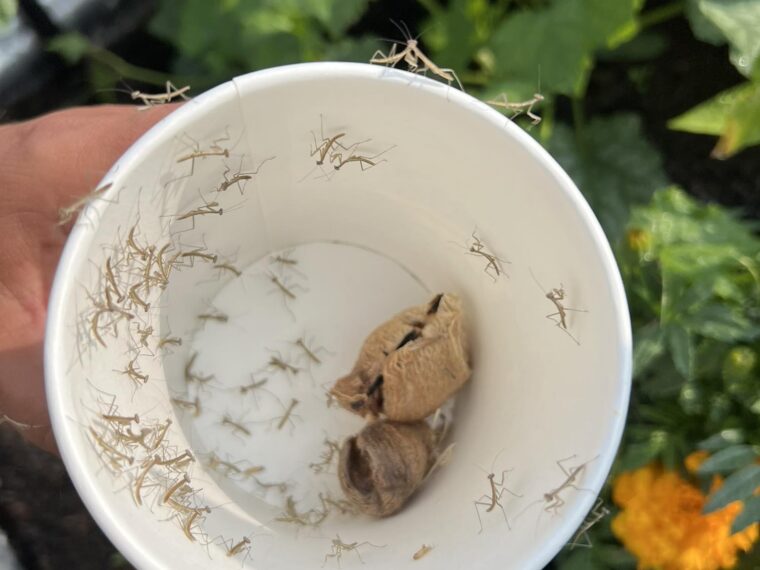The Case Against Chemical Pesticides
The convenience of chemical pesticides often comes at a steep cost. While they may temporarily rid your garden of unwanted pests, they also disrupt the natural balance of your ecosystem, harm beneficial insects, contaminate water supplies, and leave toxic residues on your fruits and vegetables. With growing awareness about the environmental and health hazards of synthetic chemicals, many gardeners and farmers are seeking safer alternatives—and one of the most promising solutions lies in nature itself.
Harmful Effects on the Environment and Health
Pesticides are not selective. They kill beneficial insects along with harmful ones, weaken soil health, pollute local waterways through runoff, and even harm pets or wildlife that come into contact with treated plants. For humans, long-term exposure to pesticides has been linked to various health problems, including respiratory issues, neurological disorders, and certain cancers.
These chemicals don’t just disappear after application. They linger—on your plants, in your soil, and often in the food you eat. Children, in particular, are at higher risk due to their developing immune systems and close contact with treated surfaces during play.
The Need for Safer, Sustainable Solutions
With all these risks in mind, the question is clear: why not use a more natural, effective, and sustainable method for pest control? This is where nature’s own predator—the praying mantis—comes into play. These incredible insects have evolved to be stealthy hunters, perfectly adapted for preying on common garden pests. Not only are they efficient at what they do, but they also maintain ecological balance without introducing harmful substances into your garden.
Meet the Praying Mantis: Nature’s Elite Predator
Before you bring them into your garden, it’s worth getting to know these fascinating insects. Praying mantises aren’t just green bugs with long legs. They are calculated, efficient predators capable of controlling entire pest populations—all without a single drop of pesticide.
Physical Traits and Hunting Behavior
Praying mantises are typically between 2 to 6 inches long, depending on the species. Their most distinctive feature is their raptorial front legs, which fold in a way that resembles a prayer pose—hence the name. But don’t be fooled by this peaceful appearance. Those folded arms are lined with spiked appendages designed to snatch prey with lightning speed and hold it tight.
Their triangular heads can rotate almost 180 degrees, giving them a wide field of vision with their large, compound eyes. This makes them expert hunters. They rely on stealth, staying perfectly still while blending into their surroundings until the perfect moment to strike. Once a target is in range, the mantis unleashes a swift attack that’s almost impossible for the prey to escape.
Why They’re Called “Tiny Assassins”
The praying mantis has earned its nickname “tiny assassin” because of its brutal efficiency. It can take down prey that’s as large—or even larger—than itself, including beetles, moths, flies, crickets, and even small frogs or lizards. Their predatory nature, combined with their stealth and camouflage, makes them ideal guardians for your garden.
These insects don’t just kill for survival; they eliminate pests without disrupting the rest of your garden’s ecosystem. Unlike chemicals, which leave residues and affect multiple life forms, praying mantises target only the pests and leave beneficial organisms like bees and butterflies largely undisturbed.
Benefits of Praying Mantises in Your Garden
Now that you know how impressive praying mantises are, let’s break down exactly how they benefit your garden. It’s more than just eating bugs—it’s about restoring balance and promoting long-term sustainability.
Natural Pest Control Powerhouses
Praying mantises have enormous appetites and are far from picky eaters. Their daily diet can include:
TO CONTINUE READING THE ARTICLE PLEASE SEE PAGE 2




